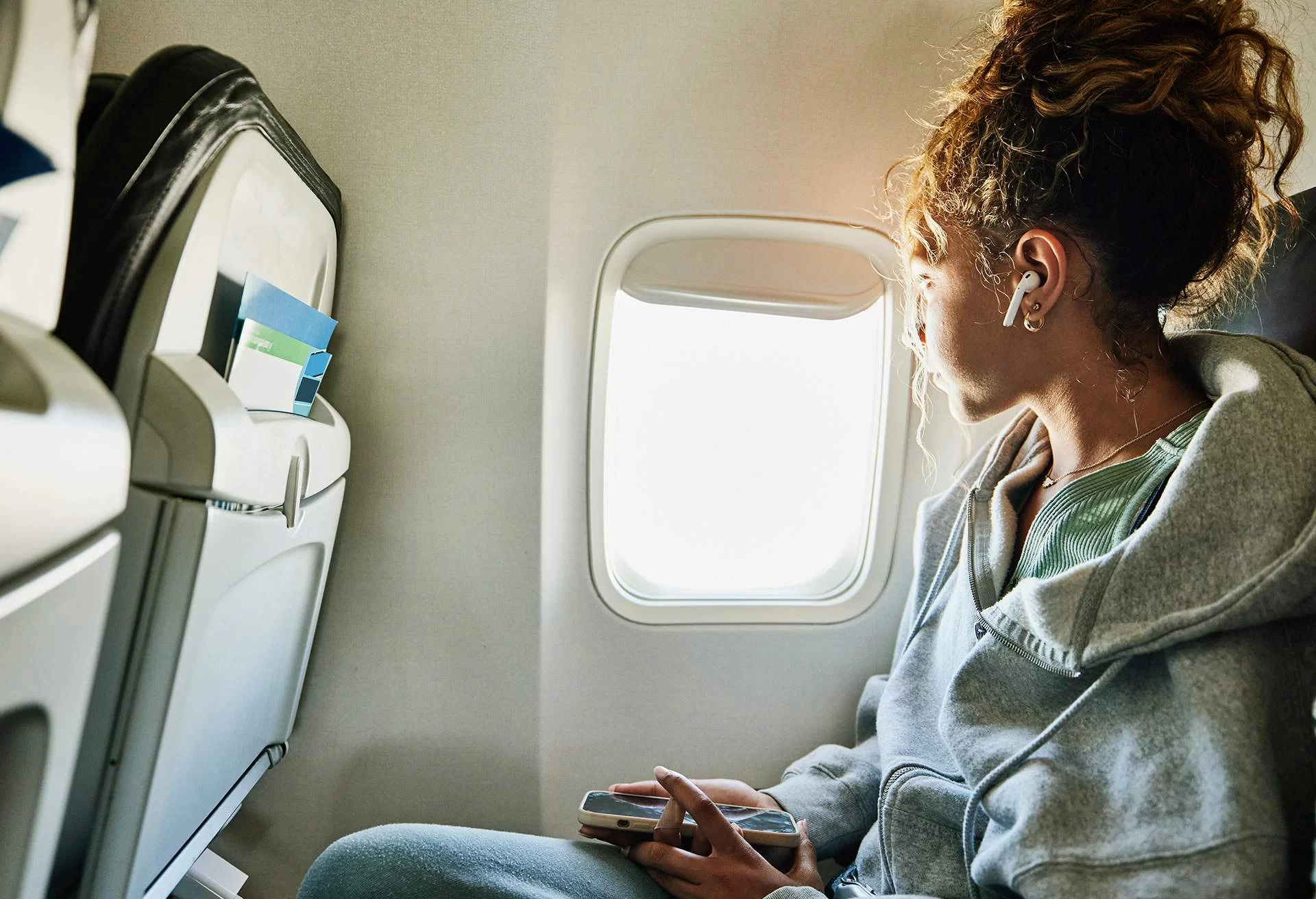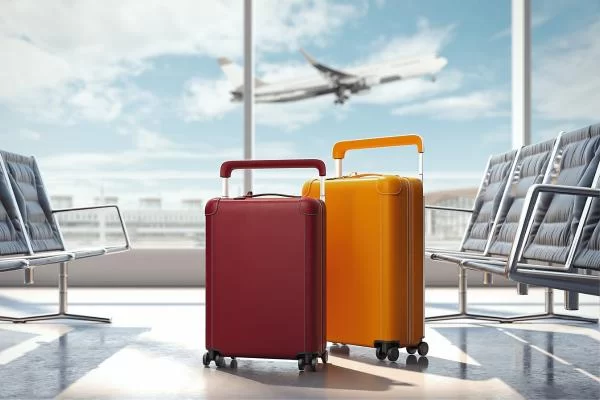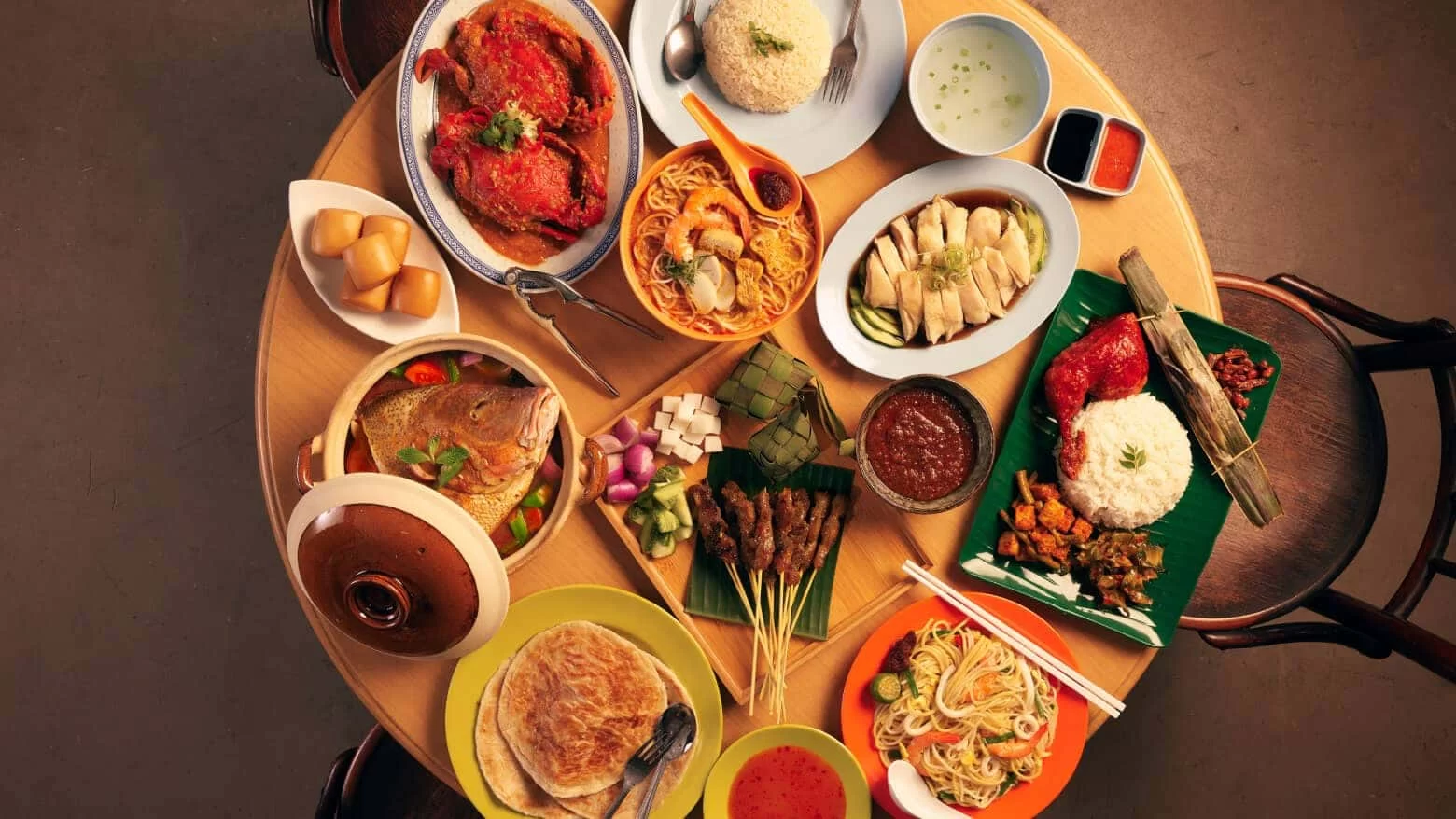How to Handle Language Barriers When Traveling Internationally: Practical Tips and Stories
- Understanding Language Barriers in International Travel
- Effective Communication Strategies for Travelers
- Real-Life Travel Stories: Overcoming Language Barriers
- Tools and Technologies to Help Break the Language Barrier
- Why Overcoming Language Barriers Will Enhance Your Travel Experience
1. Understanding Language Barriers in International Travel
When traveling abroad, encountering language barriers is one of the most common challenges faced by tourists. While it can be frustrating, it’s important to remember that communication goes beyond words. Understanding cultural differences, body language, and facial expressions can help bridge the gap. In fact, many travelers report that the language barrier becomes less daunting once they embrace it as part of the adventure.
2. Effective Communication Strategies for Travelers
One of the most effective ways to handle language barriers is by learning a few key phrases in the local language. Even simple words like "Hello," "Thank you," and "Please" can go a long way in building rapport with locals. If you’re visiting a region where English is not widely spoken, consider using gestures or translation apps to enhance your communication.
For example, during a trip to rural Spain, one traveler shared how learning to say “¿Dónde está el baño?” (Where is the bathroom?) turned a potential awkward moment into a friendly interaction with a local café owner. This simple effort helped establish trust and paved the way for more meaningful exchanges.
3. Real-Life Travel Stories: Overcoming Language Barriers
Imagine arriving in a remote village in Japan, where not a soul speaks English. This was exactly the situation for a couple on their honeymoon who found themselves struggling to navigate menus, directions, and even basic transactions. They shared that, after some initial awkwardness, they resorted to a universal solution: pictures! Using photos of their desired meal from a restaurant website, they were able to point to the images and enjoy a delicious meal with the help of the staff’s gestures.
While language barriers may seem daunting, real-world examples like this demonstrate how resourcefulness and patience can turn challenges into unforgettable experiences.
4. Tools and Technologies to Help Break the Language Barrier
Thanks to modern technology, breaking down language barriers has never been easier. Translation apps like Google Translate, iTranslate, and Duolingo provide quick and accurate translations, making communication smoother than ever. Many of these apps even have offline modes, which can be lifesaving when you're in an area without reliable internet access.
Additionally, learning about local customs and language nuances before your trip can also help. For example, in Italy, knowing how to properly greet people and say “Good Morning” (Buongiorno) can help you connect with locals in a more respectful and meaningful way.
5. Why Overcoming Language Barriers Will Enhance Your Travel Experience
Overcoming language barriers isn’t just about making it easier to communicate—it’s about creating deeper, more meaningful connections with people. Locals appreciate when tourists make the effort to understand their language, even if it’s just a few words. This can lead to better experiences, such as receiving insider tips on the best places to visit, hidden gems that aren’t in guidebooks, and more personalized service at restaurants and hotels.
Moreover, learning to navigate language barriers also opens up a world of rich, cultural exchange. In countries like Thailand, where English is less common in rural areas, travelers who have learned a few phrases are often invited to join in local celebrations, festivals, or even home-cooked meals—experiences that can truly enrich your journey.




